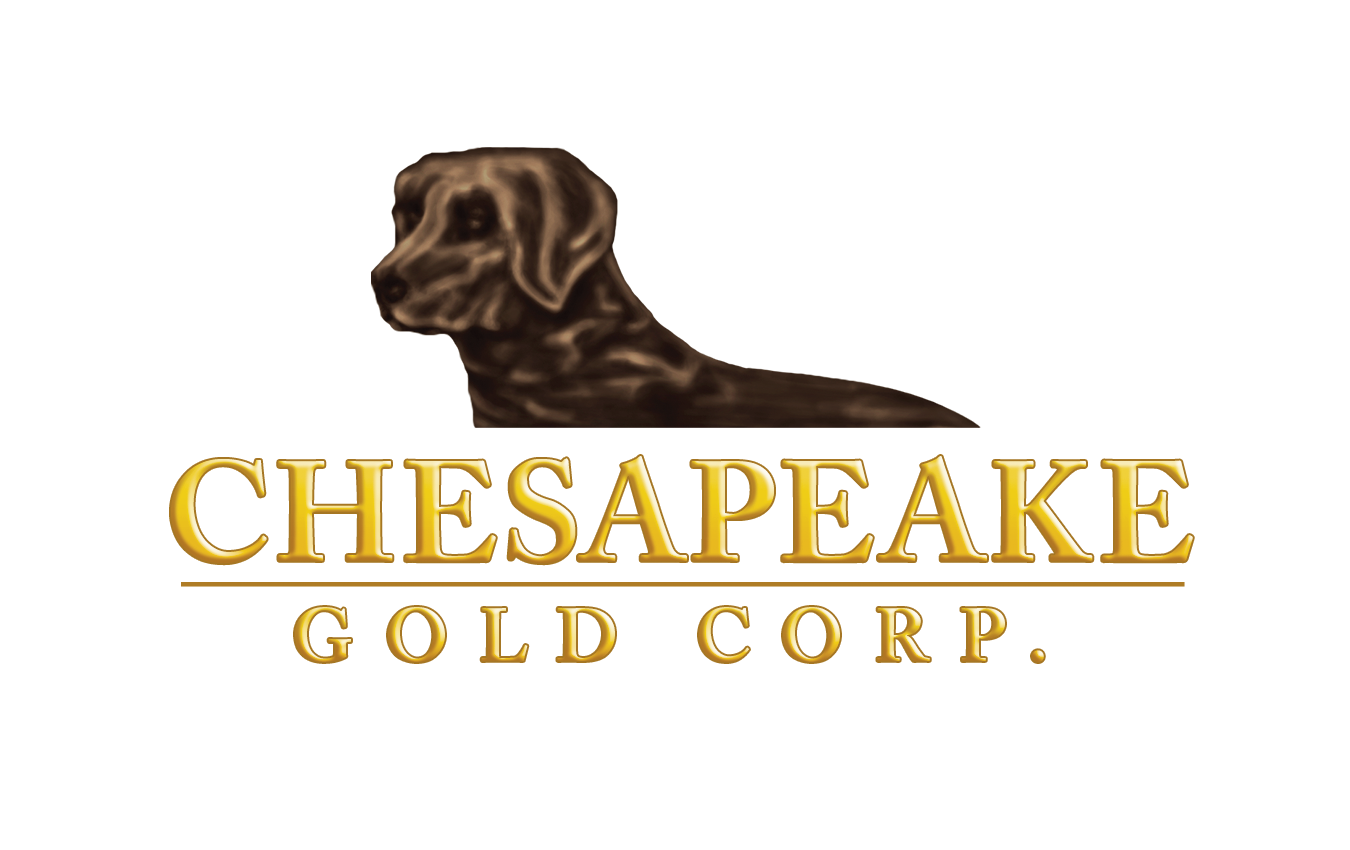The Lucy project comprises 483 hectares and is within 5 kilometres of a paved highway. Lucy was staked by Chesapeake in 2017, and initial exploration found zinc-bearing skarns to the northwest (See press release dated June 21, 2018). Follow-up mapping, trenching, and channel sampling in 2021 and 2022 identified a gold-bearing skarn system in the southeast.
In June 2023, a Phase 1, 1,710-metre, 14-hole HQ core drill program was initiated to test these skarn systems. Eight of the fourteen holes tested the newly discovered gold-bearing skarn system in the southeast. These eight holes defined a northeast-trending zone of skarn at least 500 metres in strike length with significant high-grade gold mineralization starting from surface (See press release dated October 3, 2023).

In February 2024, initial metallurgical test results at Lucy produced up to 97% gold recoveries in standard bottle roll tests. These results also generally support that the mineralization at Lucy is readily treatable with a standard CN tank leach in a Carbon in Leach (“CIL”)/Carbon in Pulp (“CIP”) type process. Composite materials for the bottle roll tests were collected during the Phase 1 drill program, whereby 4 individual holes were sampled to create individual whole hole composites that were reflective of the skarn gold mineralization and distributed across the corridor. (See press release dated February 13, 2024)


A Phase 2 drill program was initiated in March 2024 and extended the known gold mineralized corridor by another 200 metres to a 700 metre length. The exploration campaign included a total of 12 holes and 939 metres drilled. Drill holes LU24-15 to LU24-17, LU24-24, and LU24-25 extended the gold mineralized corridor along strike to the southwest by another 150 metres and provided early indications of the dip direction of the gold mineralization below the surface. Drill holes LU24-19 to LU24-23 and LU24-26 filled in gaps and delineated additional mineralization within the known gold zone. (See press release dated July 9, 2024)



In addition to the drilling, a 225-metre-by-450-metre area to the northeast of the mineralized corridor underwent soil and rock sampling for geochemical analysis. Results from the 101 geochemical grid samples traced a continuous 150-metre-long gold anomaly extending northeastward along trend from the drilled mineralized corridor. Further to the northeast is another set of gold anomalies that warrant additional evaluation.
Moreover, a 63-line-kilometre ground magnetics survey over the entire property was also completed during this exploration phase. This survey is being integrated with direct magnetic readings gathered from drill core and a past induced polarization (“IP”) survey collected over the property in 2017-2018. Early interpretations of these results have outlined several coincident magnetic and IP anomalies that warrant follow-up exploration to determine their relationship with the Lucy gold-bearing skarn system.
Looking forward, Chesapeake is working towards completing detailed mapping, expanding the soil and rock geochemistry program, conducting additional metallurgical testwork, and undertaking several early-stage studies to gather mineralogical, petrographic, and geo-structural data to further understand the scope and scale of the Lucy system. Once this work is completed and integrated, a more extensive next phase of core drilling and exploration is planned.

Recent Comments